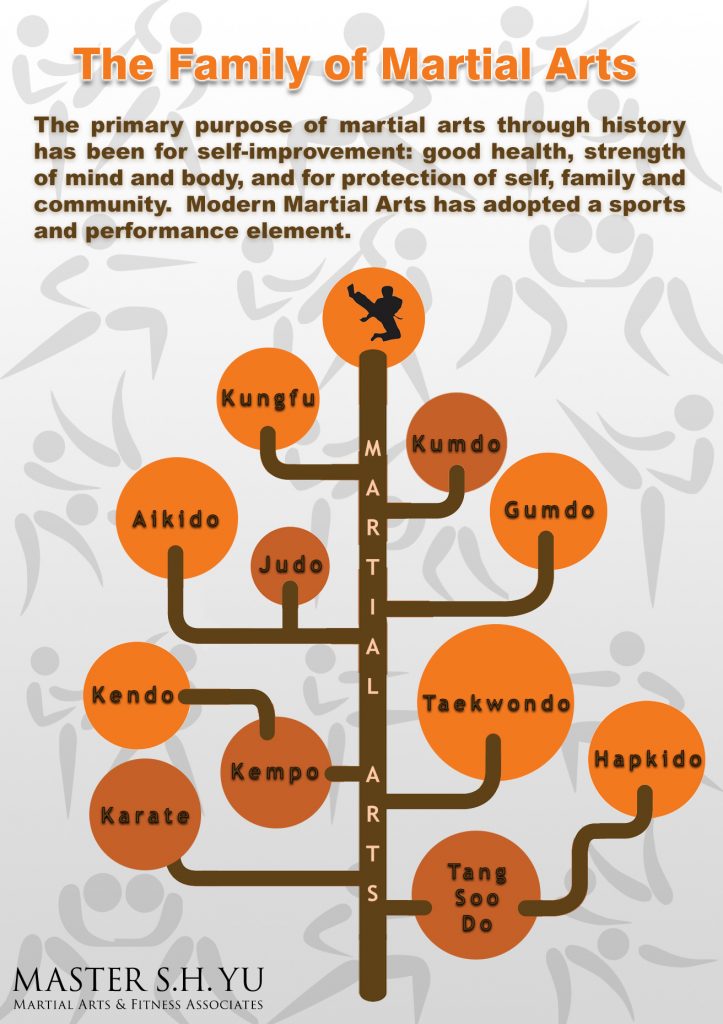The Advancement And Historical Importance Of Martial Arts Across Different Societies
The Advancement And Historical Importance Of Martial Arts Across Different Societies
Blog Article
Article By-Kaufman Silverman
Martial arts have a fascinating history that covers centuries and continents. You could find it fascinating how old practices like Shuai Jiao and Kalaripayattu prepared for modern combat methods. These self-controls not only emphasize physical skills but additionally reflect the cultures that birthed them. As you explore their evolution, take into consideration how globalization has transformed these typical kinds into crossbreed styles. What influences do you think have shaped today's martial arts landscape?
Ancient Martial arts: The Foundations of Fight
As you delve into the world of old martial arts, you'll find the abundant structures that formed fight methods throughout societies. Early practices focused on Self-Defense and survival, usually including strikes, hurting, and weaponry.
In old China, for instance, methods like Shuai Jiao emphasized tosses and joint locks, while India's Kalaripayattu showcased dexterity and fluid motion. Japanese samurai created Kenjutsu, a refined swordsmanship that highlighted discipline and strategy.
These martial arts served not just for battle but likewise as a means of personal advancement, instilling worths like regard and determination. The mixing of these methods over time prepared for the diverse martial arts you see today, each mirroring the distinct ideologies and needs of its culture.
The Social Impact on Martial Arts Development
While martial arts usually mirror the practical requirements of a culture, they also embody the cultural worths and ideas of their beginnings. When you explore different martial arts, you'll observe just how they're influenced by religion, viewpoint, and social standards.
As an example, the emphasis on respect and discipline in Japanese martial arts stems from Zen Buddhism and samurai culture. In contrast, Brazilian Jiu-Jitsu advertises versatility and technique, shaped by the demand for performance in a varied, multicultural atmosphere.
Recommended Reading might find that the rituals, uniforms, and training techniques reflect a neighborhood's background and identification. By recognizing these cultural influences, you strengthen your gratitude of martial arts and their function in shaping human experiences around the world.
Modern Adaptations and the Globalization of Martial arts
Martial arts have actually transformed dramatically in current years, adjusting to modern culture and global influences. You'll see that conventional types have combined with modern-day strategies, creating hybrid styles like MMA. These adaptations deal with diverse audiences, making martial arts obtainable and appealing globally.
With the surge of social media and electronic platforms, you can find tutorials and competitions from all edges of the world, breaking geographical barriers. This globalization has led to a shared recognition for numerous techniques, from Brazilian Jiu-Jitsu to Taekwondo.
As check out here involve with these arts, you'll realize they're not practically combat; they promote physical fitness, discipline, and mental well-being.
Eventually, contemporary adjustments have enriched the martial arts landscape, making it a dynamic and advancing practice.
Verdict
In discovering the history and development of martial arts, you reveal an interesting mix of strategies, societies, and ideologies. From ancient techniques like Shuai Jiao and Kalaripayattu to the contemporary versatility seen in mixed martial arts, martial arts mirror humanity's quest for Self-Defense and individual development. As you involve with these practices, you not just gain skills but also a deeper appreciation for the diverse traditions that form our world today. So, proceed your journey and accept the art of fight!
